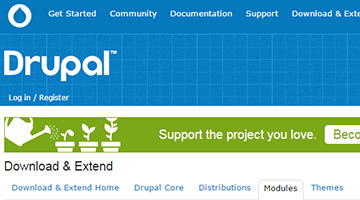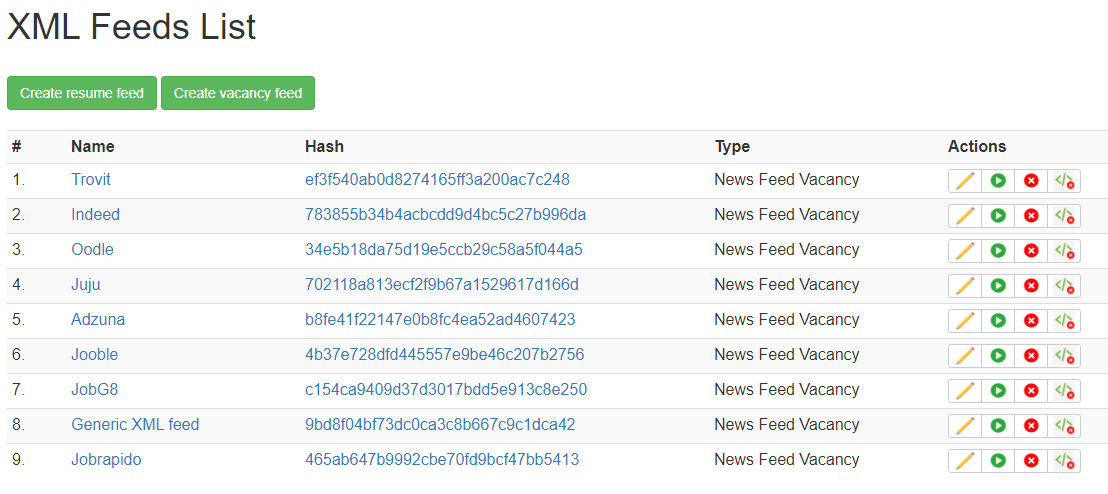

The pubDate tag provides the publication date of the content inside the channel. This is how many feed readers (and your own code that generates that file) determine whether the RSS file contains new items. The guid tag is a unique identifier for each item. For example if you have a blog with five articles, a complete RSS feed should have 5 item tags to house 5 entries. Remember the above would be repeated for every entry on your website. The time must be in GMT you can refer to RFC 822 section 5 for more details on other date-time specification formats.įinally the description tag houses the actual content or description of the entry. The date has a specific format, which can see above. Īgain the title tag would refer to the heading or your content, link is the complete web address at which the item entry can be reached on your website. Whatever is inside your file now, lets call it the HEADER. The lastBuildDate tag provides the last time any content in the channel changed. The title tag houses any title that you would like to give to your RSS feed, link tag points to your website, and the description tag contains a brief introduction about the RSS feed or the website. Those few lines specify information about your RSS feed and your website.
Html in xml in drupal feeds software#
Next, some code about the feed: MakeUseOf RSS Feed Ĭool Websites, Software and Internet Tips

This is what would contain all the information for your channel or website.

The first two lines specify the XML and RSS version as you can see. Let's take a look at the tags you need to include in your XML file to create your RSS feed: Notepad would work fine but have a look at Notepad++. All you have to do to create your RSS feed is to specify your information for all the necessary tags.


 0 kommentar(er)
0 kommentar(er)
